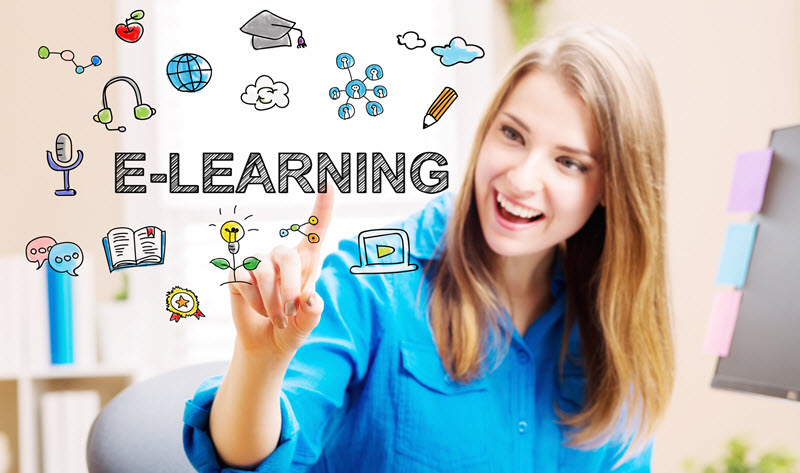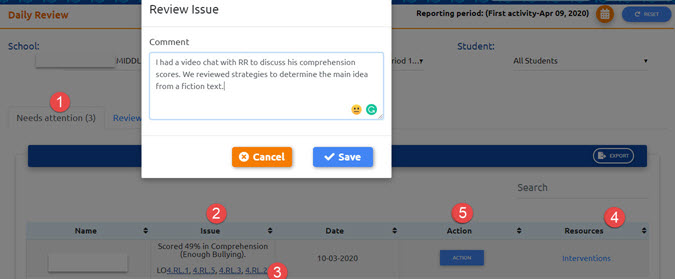
18 Sep Connecting virtual classrooms? Make it personal.

Online and hybrid classrooms are here to stay. While it’s been a pretty chaotic back-to-school experience for everyone, teachers are adopting innovative techniques to connect with students wherever they are learning.
Digital platforms provide the connection tools, but truly engaging students in a meaningful way takes a personal approach. Here are a few strategies that teachers can incorporate into their virtual learning practice:
- Set daily goals: Engaging students from a distance is difficult but it also creates opportunities for connection that can enrich learning. At the start of every week, share objectives, warm-up questions, required reading, live or recorded videos to outline lessons and learning goals. Keep the daily goals simple and easy to communicate – such as three assignments for the day – to keep students on task.
- Create regular checkpoints: Email, video messaging, group chats – whatever the communication method, the important thing is to stay consistent, create a structure and follow it. Students will quickly get on board once they see the teacher’s efforts to connect and stay in touch with them. For example, if students know to expect daily updates on their progress, they will be more likely to keep to the schedule.
- Use monitoring tools: When you have students working in class, at home or both, real-time metrics are essential to stay on top of what – and how much – work is getting done. Monitor time on task, completed work and scores, and determine who needs immediate attention. For example, BrightFish Reading incorporates a Daily Review dashboard (shown below) that flags students who are having difficulty with their learning goals.

- Ask students to self-monitor: It’s only natural that students will take more ownership of their learning goals if they are tracking their own performance. Monitoring and reporting tools should reflect daily goals for the class and give students a way to record their completion metrics and reflections on their work.
- Give timely feedback: Just in time feedback is great because it gives students and teachers the opportunity to address an issue early. Give students specific feedback on their progress data – what kinds of errors are they making, and what changes are they making to improve? What resources do they need to meet the expected performance? Offer clear direction about what is going well and any changes you expect to see before the week’s end.
- Connect with parents: Recognition and celebration are important in any learning environment, but especially for struggling learners. Use weekly video calls to celebrate top scorers and most-improved students and ask parents to join if they are available. Send certificates to parents to print at home. Parents can become powerful allies to make sure students are motivated and encouraged to do their best, even if the learning environment is challenging.
Do you have virtual classroom tips to share? Comment here or send an email to support@brightfishlearning.com.



No Comments